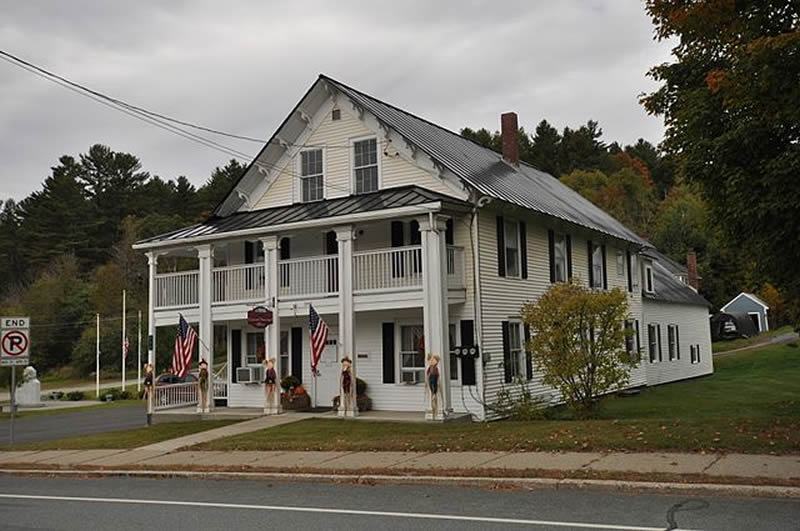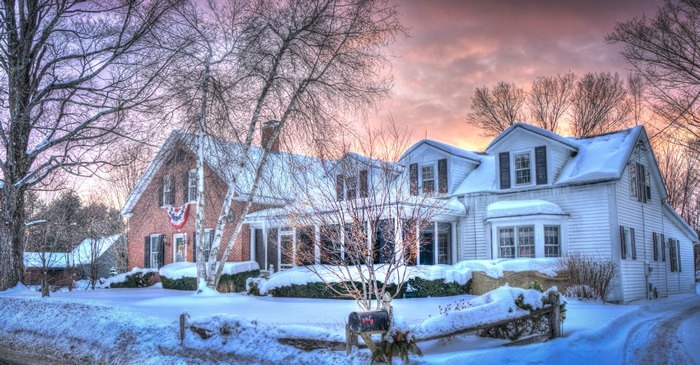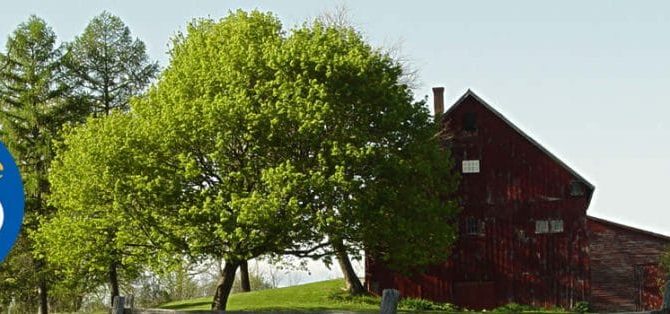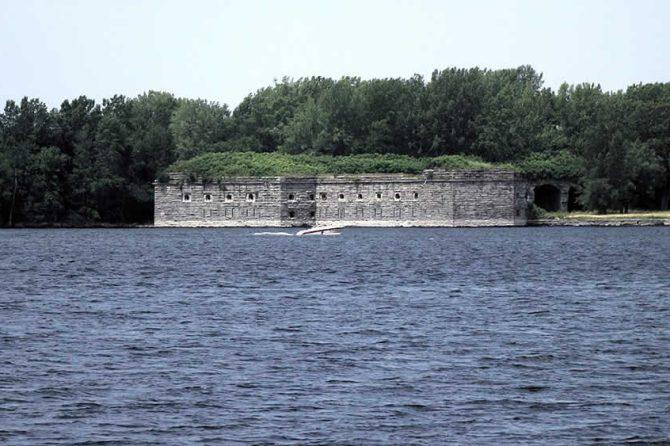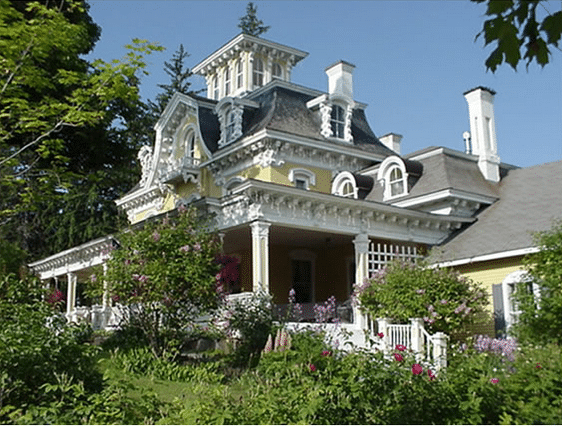Concord is a quintessential small New England town in the Northeast Kingdom of Vermont, set amidst beautiful rural scenery. It retains its historic charm while also serving as a tourist destination for the region.
Concord, Vermont was chartered on September 15, 1780
… to Dr. Reuben Jones from Rockingham, Vermont and a group of associates, several of whom were named Willard. Dr. Jones served as a representative to the Vermont Legislature. In 1784 the first meeting of the proprietors was held at the inn of Jehial Webb in Rockingham to make plans to view and lay out the town which contained about 47 square miles. In 1856 the area now known as North Concord was annexed to Concord.
This area's original charter in 1791 was for Pearsalls Gore, which in turn was incorporated as Bradleyvale in 1803. The early settlers came from southern Vermont, New Hampshire and the Royalston and Westboro regions of Massachusetts. The first settler in Concord was Joseph Ball in 1788 who settled on the Connecticut River meadows. The Ball family produced the first child born in Concord in 1789. Joseph Ball built the first gristmill around 1794 on Hall's Brook. In 1789, Daniel Gregory built the first frame house in the triangle formed by the Connecticut River, Hall's and Mink Brooks.
The population of the Concord area increased rapidly
In 1790 there were 12 heads of family and in 1800 there were 52. The first town meeting was at Joseph Morse's house on October 5, 1794. During the boom years of agriculture and lumbering, the Town of Concord grew to 1600 people in 1880 and has since lost population almost every decade. Around 1796 a new settlement grew on the hill above the meadows which became the business center with stores, blacksmith, tavern, school, lawyer, physician, hotel and church. This village is now known as Concord Corners.
The Rev. Samuel Read Hall built the first normal school for the training of teachers in the United States here in 1823
As the population increased the settlers spread out to other areas of the town.
In 1838 John D. Chase established the Village of West Concord (now known as Concord). Chase invented the first iron and steel circular saw as well as the Chase water wheel that was first introduced by J. D. Chase & Sons in 1855. In the early 1840s there was a dam and sawmill at the east end of the Village of West Concord and a large gristmill on the opposite bank of the Moose River. This area became the dominant business district of Concord. Due to the railroad and the efforts of Charles Hall, who cleared 75 acres for a new Village, North Concord became the center of the growing lumber interests in Essex County. Miles Pond and East Concord Villages also grew because of the railroad and lumber industries.
The early Concord, Vermont settlers had trouble with bears
One bear, caught in a large trap, was being exhibited to the curious. The bear shook himself loose and went after a child. The child's mother, Rebecca Morse, hit the bear on the head with the trap and killed him.
Concord … what's in a name?
Concord most likely was named for historic Concord, Massachusetts. The first settlers gathered in the area now known as Concord Corners to select a name in 1781. They argued all one night, each insisting on their own choice. The next day they met again with a better attitude and decided on Concord.
The northern part of Concord annexed to the town in 1856 was once called Bradleyvale. The area was originally part of Avery's Gore, changed to the name Bradleyvale in 1803, for U.S. Senator Stephen Row Bradley who was instrumental in providing the U.S. Senate with historical data that led to Vermont being an independent republic. Local people still refer to the region as the “vale”. Another place in the town is Ralston Corner, named after an area close to Concord, Massachusetts.
Joslin Turn and Whites Corner are two other places in Concord. They were named for early settlers. There is also an area called Texas. The story goes that a local lad, caught up in the westward migration frenzy, vowed he was leaving and would never again have to use a side-hill plow. Instead, he settled and farmed near Concord Corners on his ancestral ridges and his neighbors twitted him by calling the area Texas. Shadow Lake, near Concord Corners, was originally named Hall's Pond. In the 20th Century the pond became a popular camping area and the residents wanted a more glamorous name. The pond was renamed Shadow Lake, because of the dark appearance of the water. The Abenaki called it Pekdabowk or Smoke Pond.
Local Concord, Vermont Personalities
The Reverend Samuel Read Hall built the first school for teacher training. He named his school the Columbian School, but soon changed the name to the Concord Academy. In addition to writing the first textbook for teacher training, he was a pioneer in the use of the blackboard as a schoolroom appliance. The school was open for seven years.
Marshall Tatro worked for the Singer Sewing Machine Company in Chicago as a traveling salesman. He climbed to the top of the company's executive ladder and, in 1888, purchased the Elisha Brigham farm. He added a huge house and round barn and enjoyed his Vermont property every summer. He helped families in Concord and paid college expenses for many. After 1946, the farm became the property of Rupert and Mildred Cutting. In 1992 the new owner, Gregory Gill, started restoration work.
Robert Frost purchased two properties in Concord Corners and lived there during the hay fever season of 1937. He moved to Boston in 1938 and only occasionally used his Concord properties until they were sold in 1946 and 1949. The Robert Frost estate still pays taxes on about an acre of land at Concord Corners. (Town of Concord Vermont 1781 – 1976, Leah C. Moyse, 1976)
Perry Family. The family includes the last great grandchildren of any American Revolutionary War soldier in the United States. Another descendant of this Concord family is Matthew Perry of TV's “Friends”.
Note: This series is available courtesy of the Center For Rural Studies, a nonprofit, fee-for-service research organization which addresses social, economic, and resource-based problems of rural people and communities. We would like to thank them for the use of this information and would like to refer you to [email protected] for additional info or comments.
Some Quick Facts About Concord, Vermont
- It is located in northeastern Vermont, around 40 miles southeast of Burlington.
- As of the 2020 census, the population of Concord was 1,235 residents.
- The town was chartered in 1780 and incorporated in 1835. It was named after Concord, Massachusetts.
- Concord is considered part of the Northeast Kingdom region of Vermont, known for its rugged rural landscape and picturesque small towns.
- The scenic Moose River flows through the town. Concord Pond is another notable natural feature.
- Main industries in Concord historically included lumber, maple sugaring and dairy farming. Today tourism and outdoor recreation also contribute to the local economy.
- Notable landmarks include the Concord Town House, built in 1839, which is listed on the National Register of Historic Places.
- The town has a public library, elementary school, general store, post office and several small shops and restaurants.
- Concord is located off Route 2, one of the main east-west highways through northern Vermont. It's about a 1.5 hour drive from Burlington and 40 minutes from St. Johnsbury.
Concord Town building photo courtesy of Wikimedia Commons
Thank you for visiting Vermonter.com! Please subscribe to our email list for the latest articles!


